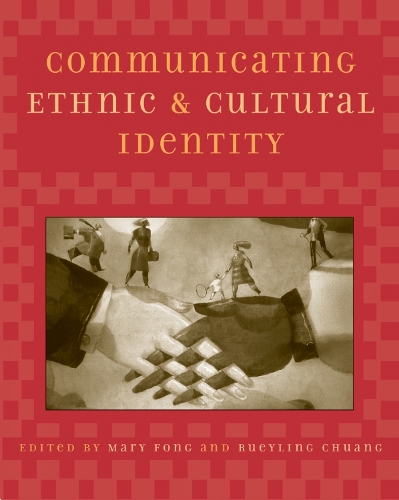
Communicating Ethnic and Cultural Identity
(Paperback)
Publishing Details
Communicating Ethnic and Cultural Identity
By (Author) Mary Fong
Edited by Rueyling Chuang
Contributions by Fay Yokomizo Akindes
Contributions by Bryant K. Alexander
Contributions by Timothy J. Anderson
Contributions by Curtiss L. Bailey
Contributions by Lisa Bradford
Contributions by Benjamin J. Broome
Contributions by Merry Buchanan
Contributions by Nancy A. Burrell
Bloomsbury Publishing PLC
Rowman & Littlefield Publishers
24th November 2003
United States
Classifications
General
Non Fiction
Anthropology
Social and cultural anthropology
Communication studies
305.8
Physical Properties
Paperback
408
Width 186mm, Height 236mm, Spine 20mm
671g
Description
This intercultural communication text reader brings together the many dimensions of ethnic and cultural identity and shows how they are communicated in everyday life. Introducing and applying key concepts, theories, and approaches - from empirical to ethnographic - a wide variety of essays look at the experiences of African Americans, Asians, Asian Americans, Latino/as, and Native Americans, as well as many cultural groups. The authors also explore issues such as gender, race, class, spirituality, alternative lifestyles, and inter- and intra-ethnic identity. Sites of analysis range from movies and photo albums to beauty salons and Deadhead concerts. Visit our website for sample chapters!
Reviews
This book makes an important contribution to the growing literature on communication and cultural identity. I appreciate the range of theoretical frameworks and the many sites where identity is performed in particular ways. The collection demonstrates methodological diversity and a strong sense of how identity is both a cultural and a personal journey. -- Robbin Crabtree, Fairfield University
[This] book is thought-provoking, and many of its essays are insightful illustrations of communication practices. * Journalism & Mass Communication Quarterly *
An important addition to the study of cultural and intercultural communication. The authors provide a rich variety of applied and theoretical sites for understanding the meaningful ways in which communication both reflects and constitutes individual and group human identities. It is particularly useful to see the inclusion of material artifacts as means by which men and women construct identity. -- Patricia Covarrubias, University of Montana
Author Bio
Mary Fong is associate professor of communication studies at California State University, San Bernardino. Rueyling Chuang is assistant professor of communication studies at California State University, San Bernardino.
